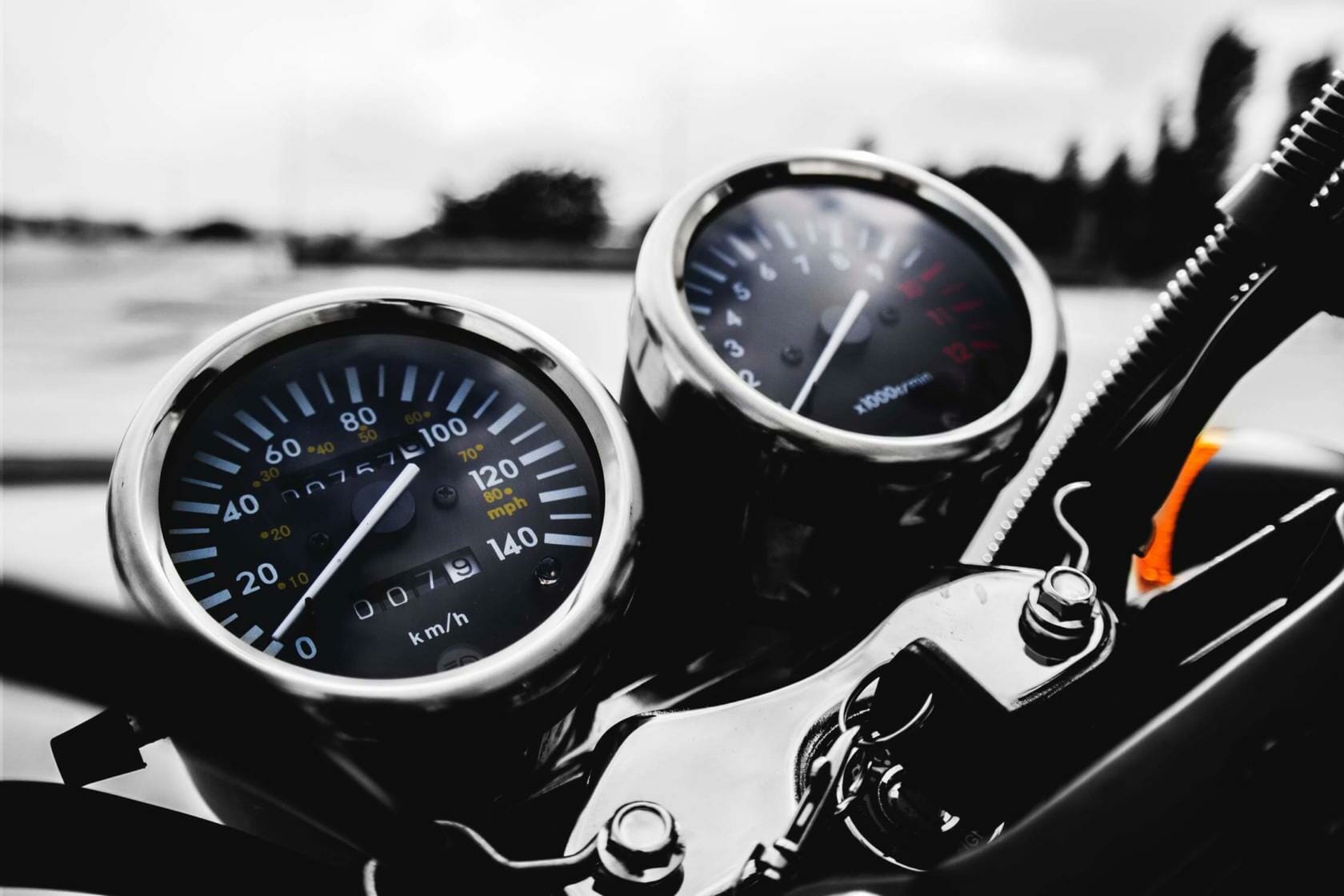How Dangerous Are Motorcycles? San Antonio Injury Attorney Explains
Everybody knows riding a motorcycle is dangerous. From a higher fatality rate to an increased risk of catastrophic injuries, motorcyclists are exposed to unique risks not faced by others on the road.
Many times, these unique dangers do not involve the motorcycle itself or the rider, but rather factors that are beyond the rider’s control. After all, even the most experienced rider cannot account for every negligent or reckless action taken by other motorists. So that begs the question: how dangerous are motorcycles?
That question will vary depending on the experience of the rider, the type of bike they are on, and the equipment they are wearing. Other factors can also include road conditions and how drivers typically behave where they are riding.
If you are wondering if riding a motorcycle is worth the risk, here are some things you may want to consider.
Motorcyclists’ Fatality Rates Versus Other Motorists
Motorcyclists account for 14% of all traffic fatalities despite motorcycles only making up 3% of vehicles on the road. Compared to occupants of passenger cars, motorcyclists are about 28 times more likely to die in a crash.
Much of this has to do with the amount of protection a car offers versus a motorcycle. Passengers are enclosed in their vehicles. In the event of a crash, the occupants benefit for safety features like seatbelts and airbags. Further, the brunt of the force from the collision is taken by the car itself.
This is simply not the case for motorcycles.
For many, the appeal of riding a motorcycle is the sense of freedom you have as a rider. You are not confined within a vehicle and can enjoy the openness road travel offers. Riders really do benefit from an experience that cannot be replicated by a car or truck.
With this freedom, however, comes less security. And while safety options offered by motorcycles and riding gear are advancing, they will never provide the same protection that a car does. It is a truth that motorcyclists have come to accept.
Most Fatal Motorcycle Accidents Involve Other Vehicles
Another difference between car crashes and motorcycle crashes is the number of fatal collisions that involved other vehicles. Single-vehicle crashes account for the majority of all traffic fatalities. However, for motorcycle riders, single-vehicle crashes actually account for the minority of deaths.
In fact, about 57% of all fatal motorcycle crashes involved other vehicles – specifically, vehicles that were in transport (not parked vehicles).
More alarming still, 76% of fatal crashes in which a motorcycle was hit by a car or truck were head-on collisions.
7% of motorcycle fatalities involving other vehicles occurred in crashes in which the motorcyclist was hit from behind.
Does a Helmet Make Motorcycles Less Dangerous?
The short answer is yes. Helmets provide vital protection to the brain, greatly increasing the chances a motorcyclist will survive a crash.
Studies show that a good motorcycle helmet is 37% to 41% effective at preventing fatal injuries. So, for every 100 unhelmeted motorcyclists killed in crashes, 37 to 41 of them could have been saved if they had worn a helmet. Helmets are accredited with saving nearly 2,000 motorcyclists’ lives every year.
What Actions Can I Take to Make Riding a Motorcycle Safer?
If you are a motorcyclist or are considering buying a motorcycle, there are steps you can take to reduce some of the risks you will face on the road.
- Get licensed. To get a license, you will need to attend a safety course and pass a written and on-cycle skills test. The course can provide instruction and insight on general motorcycle safety, traffic laws, and how to ride defensively. Of motorcyclists killed in 2020, 36% were riding without a valid motorcycle license.
- Motorcycles offer a unique experience to other vehicles on the road – this is part of their appeal. You must take the time to get accustomed to the feel of motorcycles before taking one into traffic. Find a controlled environment to practice. This is also true when moving to a new bike as different motorcycles can vary in handling and responsiveness.
- Wear the right equipment. It gets hot in Texas. We know. Still, specialized motorcycle clothing and equipment exist for a reason. There is also a reason motorcycle clothing is made of such heavy material. Wearing the right equipment can greatly reduce your risk of injury should a crash occur.
- Maintain your bike. Conduct routine checks on your bike and ensure it is always running optimally. Check tire pressure, tread depth, hand and foot brakes, lights and signal indicators, and fluid levels before you ride. Make sure cargo is balanced, and be sure your bike your suspension and tire pressure are adjusted to accommodate the weight of a passenger before taking one on.
What if a Crash Does Happen?
Are motorcycles dangerous? They often can be. Motorcycle accidents do and will happen. Fortunately, for most of us, these are limited to minor crashes, falls, or drops. In the event you are involved in a serious crash with a negligent driver, call an experienced San Antonio motorcycle accident attorney.
Thomas J. Henry Law can help you get the compensation you need to fully recover from your injuries and get back on the road. Also, because we work on a contingency fee basis, you do not pay us anything unless and until we win your case.
We are available 24/7, nights and weekends to help you. Call now.


